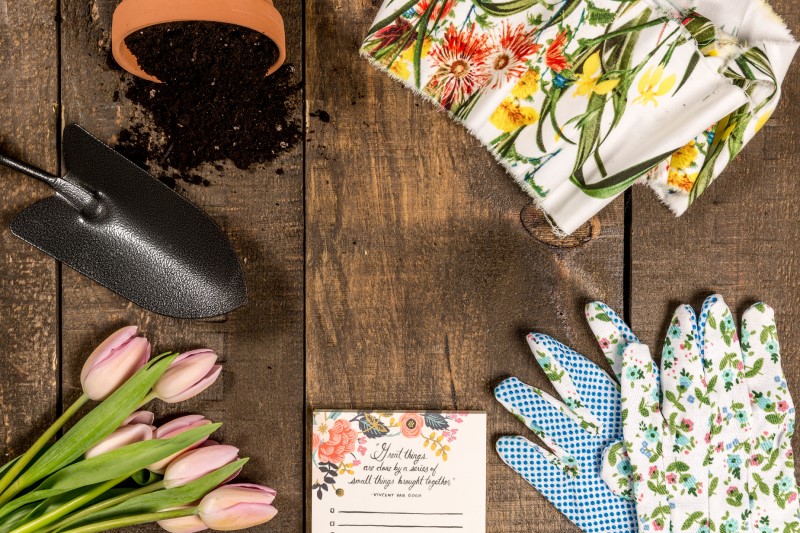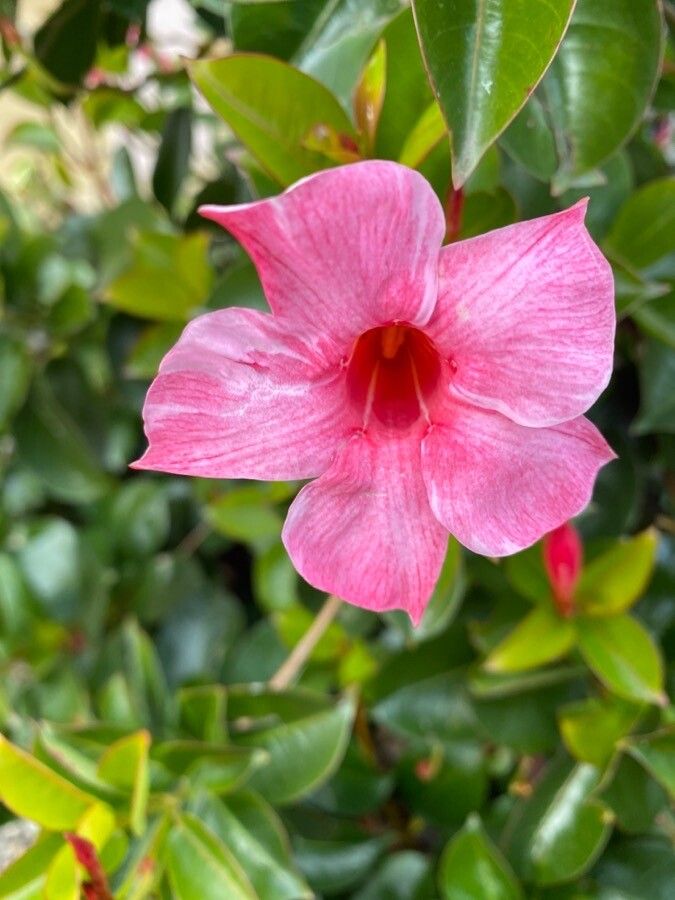Maintaining a garden is a labor of love, and it’s no secret that it can get messy. That’s why your trusty pair of gardening gloves is one of your most essential tools; protecting your hands, providing grip, and generally keeping the dirt at bay. But just like any item that sees a lot of use, your gardening gloves need some attention too. Washing your gloves isn’t just about cleanliness – it’s about ensuring your tools last as long as they should, and keeping your gardening experience as pleasant and beneficial as possible.
In this comprehensive guide, we’ll take you through the most effective and practical ways to wash your gardening gloves and we teach exactly How to Wash Gardening Gloves, no matter the material. Whether you’re a gardening enthusiast looking to spruce up your leather pair or an eco-friendly consumer interested in green cleaning methods, this article is tailored to help you keep your hands’ second skin in top shape.

Step 1: Gather Supplies – How to Wash Gardening Gloves
For your glove-cleaning mission, you’ll need an assortment of common household items. Here’s what to grab before you lace up:
- Mild detergent or eco-friendly soap
- Soft brush or old toothbrushes for tough grime
- Soft cloths or sponges
- Warm water
- A basin or sink
- A gentle laundry soap for machine washable gloves
- Leather conditioner if you’re dealing with leather gloves
Step 2: Pre-Treatment
The first step is dealing with the dirt on the surface. Start with knocking off any large clumps of soil or plant matter. A firm brush can help here, or you can simply clap the gloves firmly together. For stubborn patches of dirt, gently use a soft brush or a damp cloth. Be mindful to deal with stains promptly to avoid setting them in with further moisture or exposure to sunlight.
Step 3: Washing
Now that you’ve pre-treated your gloves, it’s time to wash the grime away.
Hand Washing Gloves for Optimal Care
For most gloves, hand washing is the gentlest method. Fill a clean sink or basin with a mixture of warm water and a teaspoon of mild detergent or eco-friendly soap. Submerge the gloves, and gently agitate them to work the soap into the fabric. If dealing with leather, use a specialized soap. Pay special attention to the areas between the fingers and the palm, as these are the prime spots for buildup.
Machine Washing for Convenience
Some gardening gloves, especially those with a rubber or synthetic palm, can handle a trip through the washing machine. Use a gentle cycle with warm water and add a small amount of detergent. It’s best to toss your gloves in with similar colors or an old towel to cushion them and reduce the noise in the drum. Remember, washing machines can be less forgiving, especially to leather gloves, so choose this method carefully.
Step 4: Drying
The cleaning part is done, but drying is equally crucial to maintaining your gloves.
Air Drying for Most Fabrics
For most fabrics and materials, air drying is the best approach. Lay the gloves flat in a well-ventilated area away from direct sunlight and heat sources. Avoid hanging your gloves from the fingertips, as the weight could stretch them out of shape.
Machine Drying with Caution
Certain types of gloves, like those made of nylon or neoprene, can tolerate a low-heat setting in the dryer. Use dryer balls to aerate the gloves and speed up the drying process. Monitor the gloves regularly to ensure they don’t over-dry and become brittle.
Leather Gloves Require Special Care
Cleaning isn’t the end for leather gloves. After washing, apply a leather conditioner to keep them nourished and supple. This will prevent the leather from cracking and ensure it retains its natural waterproofing properties. Allow the gloves to dry before applying the conditioner by gently rubbing it in and removing any excess after a few minutes.
Step 5: Storage Tips
The way you store your gloves between uses can affect their lifespan just as much as how you clean them. Always ensure your gloves are completely dry before putting them away. Moisture and confinement can lead to mold and general unpleasantness. Store gloves in a dry, well-ventilated area, and if possible, keep them out of direct sunlight to avoid fading and deterioration.
Additional Value-Adding Tips
We can go beyond the basics with these tips to elevate your glove-washing game:
Eco-Friendly Soap Choices for the Green Gardener
If you’re environmentally conscious, there’s a chance that your garden is an eco-friendly space too. Extend the mindset to your cleaning products. Look for biodegradable, plant-based soaps—and enjoy a clear conscience along with clean gloves.
Ensuring Germ-Free Gloves for Health and Safety
Gardens are full of life, but not all that life is visible to the naked eye. Bacteria and pathogens can lurk on your gloves, waiting to hitch a ride to your kitchen or elsewhere. A periodic sanitizing rinse can help keep things hygienic.
Regular Cleaning for Skin and Nail Health
Regularly washing your gardening gloves isn’t just about maintaining tool cleanliness; it’s also beneficial for your hands. Dirt and moisture trapped in gloves can lead to skin irritations and nail infections. Cleaning your gloves periodically can prevent these issues, keeping your hands healthy and ready for action.
DIY Refreshers and Deodorizers for a Breath of Fresh Air
If your gloves start to smell like anything other than clean, rejuvenating greenery, it’s time for a spill of DIY deodorizer. A mix of baking soda and essential oils sprinkled on the inside of your gloves overnight can work wonders.
Troubleshooting Stubborn Stains
Has a particularly pesky stain decided to take up permanent residence? Treat the stain directly with a specialized cleaning product or a homemade paste. A mixture of lemon juice and salt can work wonders for many fabric stains, but always test on an inconspicuous area first.
Know When to Retire Your Gloves
Even the best-cared-for gloves have a shelf life. Inspect them regularly for signs of wear and tear, like holes, thinning, or separation at the seams. Once your gloves start to show these signs, it’s time to relegate them to a less hands-on task and invest in a fresh pair to keep your hands well-protected.
In Summary
Regularly washing your gardening gloves is essential for both your gardening experience and the longevity of your equipment. By following this comprehensive guide, you can ensure that your gloves are clean, sanitized, and in optimal condition for your next garden adventure. Remember, a clean glove is your garden’s best friend—and by extension, yours too. Happy gardening!
Remember to keep your content personalized to the preferences and needs of your audience, bearing in mind their eco-consciousness, love for the outdoors, and desire for a healthy garden!





